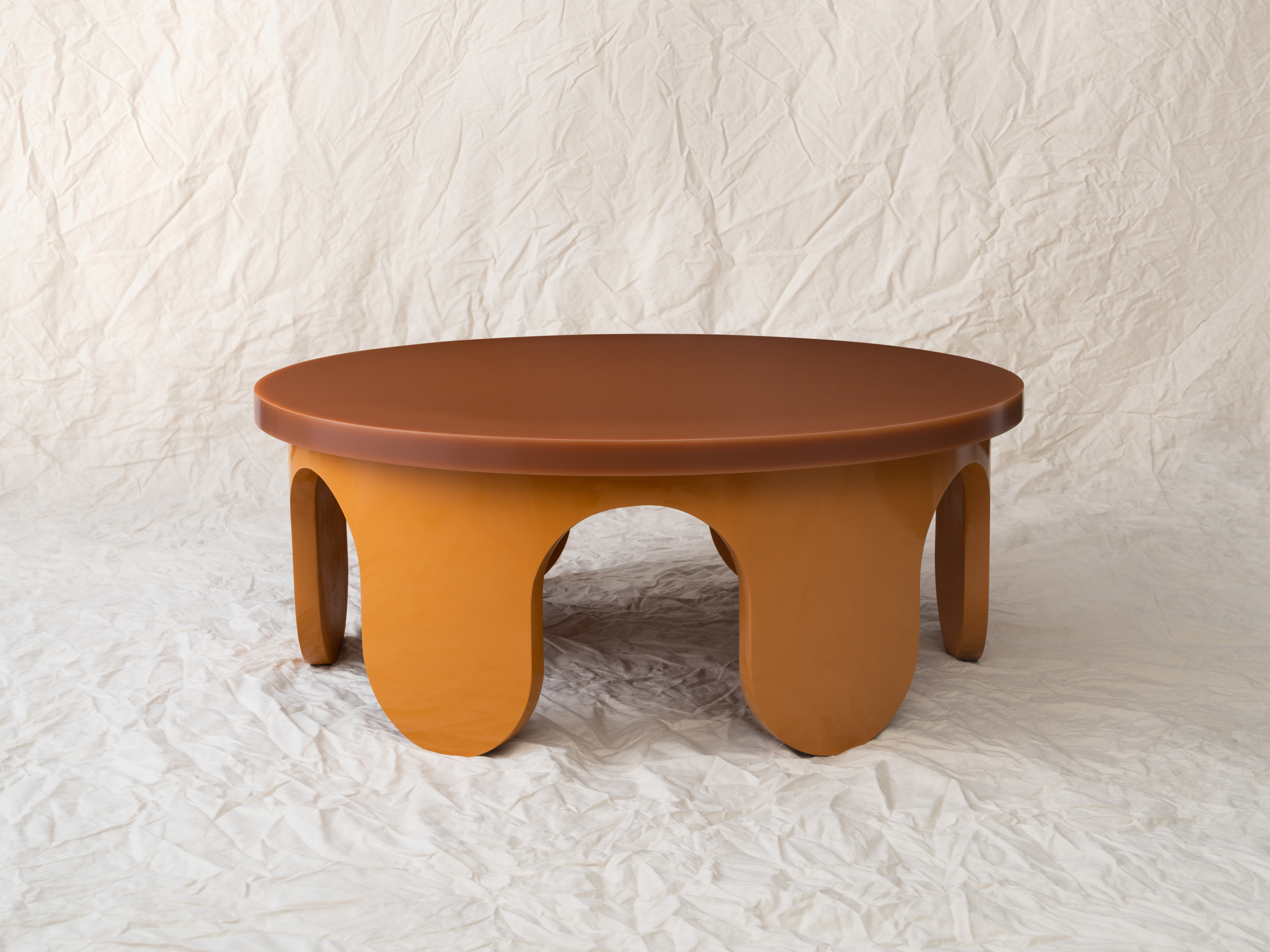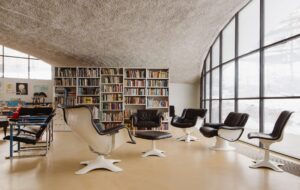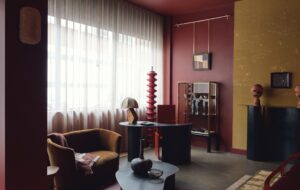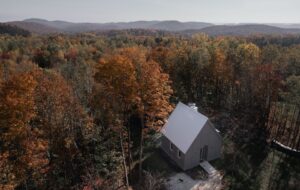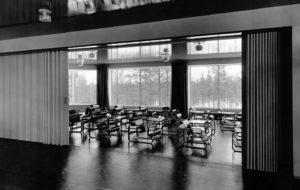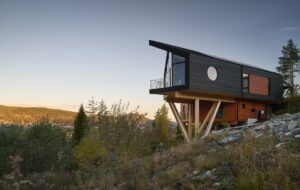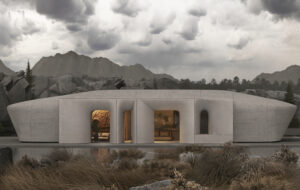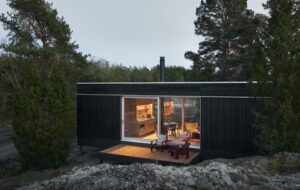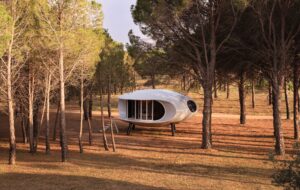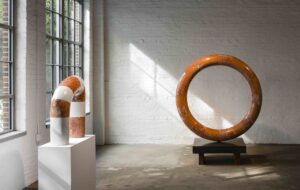![]() Fallingwater by Frank Lloyd Wright in Pennsylvania. Photo via Wikimedia Commons
Fallingwater by Frank Lloyd Wright in Pennsylvania. Photo via Wikimedia Commons
As the work of Frank Lloyd Wright enters the UNESCO World Heritage List, we consider Fallingwater, the embodiment of his quest for natural harmony and his disregard for engineers. By Matthew Barker
Fayette County in south-west Pennsylvania is a part of the world that, were it not for Frank Lloyd Wright, would probably be best known as the birthplace in 1967 of the McDonald’s Big Mac burger. Wright’s celebrated, wonderfully photogenic Fallingwater, however, set deep in an Appalachian oak forest glen and perched on top of a cascading waterfall, continues to bring in a steady 170,000 or so visitors a year; not quite fast-food standards, but impressive for a single house that is hidden away an hour-and-a-half’s drive from downtown Pittsburgh.
Created for local retail magnate Edgar Kaufmann as a holiday home, work began on Fallingwater in 1935, at a time when Wright, born in 1867, was struggling to secure any decent commissions and was widely seen as yesterday’s man, in the twilight of his career and ready to be gently ushered off the professional stage.
Engineers assumed that he was joking when he presented his plans (reportedly drawn up in just a couple of hours while sat in a car going to the site at Bear Run) and would frequently mock him during the build as a crank with crank ideas. The architect’s insistence on using untrained staff only added to their scepticism. Kaufmann was said to be similarly dismayed when he realised that his holiday home wouldn’t overlook the waterfall, but instead sit right on top of it.
Wright believed that what he called ‘organic architecture’ was the essence of high modernism, famously declaring that ‘form and function are one’. This essentially meant that a building should always seek to be in harmony with nature rather than to dominate it. It was a philosophy born partly of his upbringing on a farming community in rural Wisconsin, in America’s Midwest, and early grounding in transcendentalism: the movement based around Ralph Waldo Emerson’s beliefs in individualism and, crucially, the idea of nature being an expression of a higher being.
The architect once claimed that ‘the good building is not one that hurts the landscape, but one which makes the landscape more beautiful than it was before the building was built’. This has since been interpreted as pompous arrogance, a belief that he could somehow improve on nature. Yet it’s more a mini-manifesto of Wright’s love of harmony; of his ambition to create buildings that could blend in with, and become a part of, the natural environment surrounding them.
Fallingwater is where this aspiration finds its greatest representation. It is testament to a life’s work and thought (and obsession). It is a building that invites the elements in, albeit often all too literally, as a succession of leaks testify. The intermingling of the interior and exterior opens everything up over three levels of cantilevered floors, creating an instantly recognisable silhouette, its contours complementing the rock formations below. The colour scheme matches the drama of its setting too, with warm tones of light ochre and Wright’s signature Cherokee red (though apparently at one stage the architect was keen on using gold leaf).
![]() A view looking into Fallingwater from the bridge. Photo via Ruhrfish
A view looking into Fallingwater from the bridge. Photo via Ruhrfish
Wright and Fallingwater appeared together on the cover of Time magazine a year after work was completed. The building was then the subject of two exhibitions staged by New York’s Museum of Modern Art in the late 1930s (earlier in the decade the same museum had mentioned him merely in passing at its Modern Architecture: International Exhibition show). For Wright, the critical reaction and success of the design, despite its soon-to-be-revealed structural flaws, was a personal vindication.
Wright’s slightly woolly concept of organic architecture has become something of an academic free-for-all in recent years, and whether he was ever genuinely eco-conscious remains a moot point. As plenty have pointed out, his enthusiasm for reinforced concrete hardly places him in the sustainability camp.
However, his respect for nature, embrace of flowing, uncluttered space and frequent use of naturally treated, often locally sourced materials opened up a pathway that leads to contemporary thinking around green issues. And for that, far more than for Fallingwater’s boundless Instagrammability, we should always be grateful.
The original version of this article originally appeared in Icon 195 on waste and the circular economy. Get your copy here.


